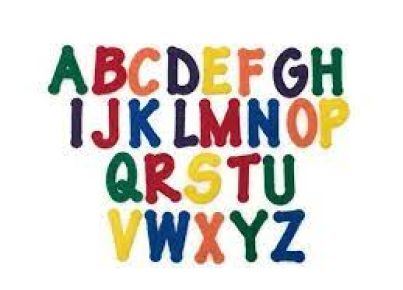Introduction
The complexity of the English language lies in its diverse sentence structure, which consistently intrigues both students and teachers. This article is a comprehensive guide on sentence structure, discussing different types and components of sentences, along with tips on how to teach and learn the skill effectively.
Types of Sentences
1. Simple Sentence:
A simple sentence contains one independent clause – a subject-verb agreement that fully expresses a complete thought.
Example: Jane is reading a book.
2. Compound Sentence:
A compound sentence consists of two or more independent clauses joined by a conjunction, semicolon, or comma.
Example: Mark went to the store, and Maria cooked dinner.
3. Complex Sentence:
Complex sentences comprise an independent clause and one or more dependent clauses. Dependent clauses can either be adverb clauses, adjective clauses, or noun clauses.
Example: Susie watched TV until her favorite show ended.
4. Compound-Complex Sentence:
A compound-complex sentence consists of two or more independent clauses and at least one dependent clause.
Example: Jenny decided to buy a new car, but she couldn’t find the right model even though she browsed for hours.
Components in Sentences
1. Subject:
The subject refers to the person or thing performing the action in a sentence or being talked about.
2. Predicate:
The predicate encompasses the verb (or action) being performed and any additional information that relates to it, such as objects, phrases, or other words that modify the verb.
3. Object:
The object is the part of a sentence affected by the verb or action performed by the subject.
4. Modifiers:
Modifiers consist of adjectives (modifying nouns) and adverbs (modifying verbs); they help provide more context to sentences.
5. Conjunctions:
Conjunctions are words that connect different parts of a sentence – phrases, clauses, or words – and create a cohesive flow.
Tips for Teachers
1. Begin with the basics:
Start by teaching simple sentences before transitioning to compound, complex, and compound-complex sentences.
2. Use relatable examples:
Present examples that are relevant to the students’ everyday experiences and interests to maintain engagement.
3. Encourage creativity and experimentation:
Promote a learning environment where students are encouraged to play with sentence structures and create their own unique examples.
4. Make it interactive:
Incorporate group activities, games, or sentence-building exercises to help keep students interested and motivated.
5. Assess understanding regularly:
Regularly review sentence structures taught in class to ensure students retain the information for long-term learning.
Conclusion
Understanding sentence structure is vital for students and teachers alike, as it forms the foundation of effective communication. By familiarizing students with different types of sentences and their components, teachers create confident communicators prepared to express nuanced ideas clearly in both written and spoken language.




